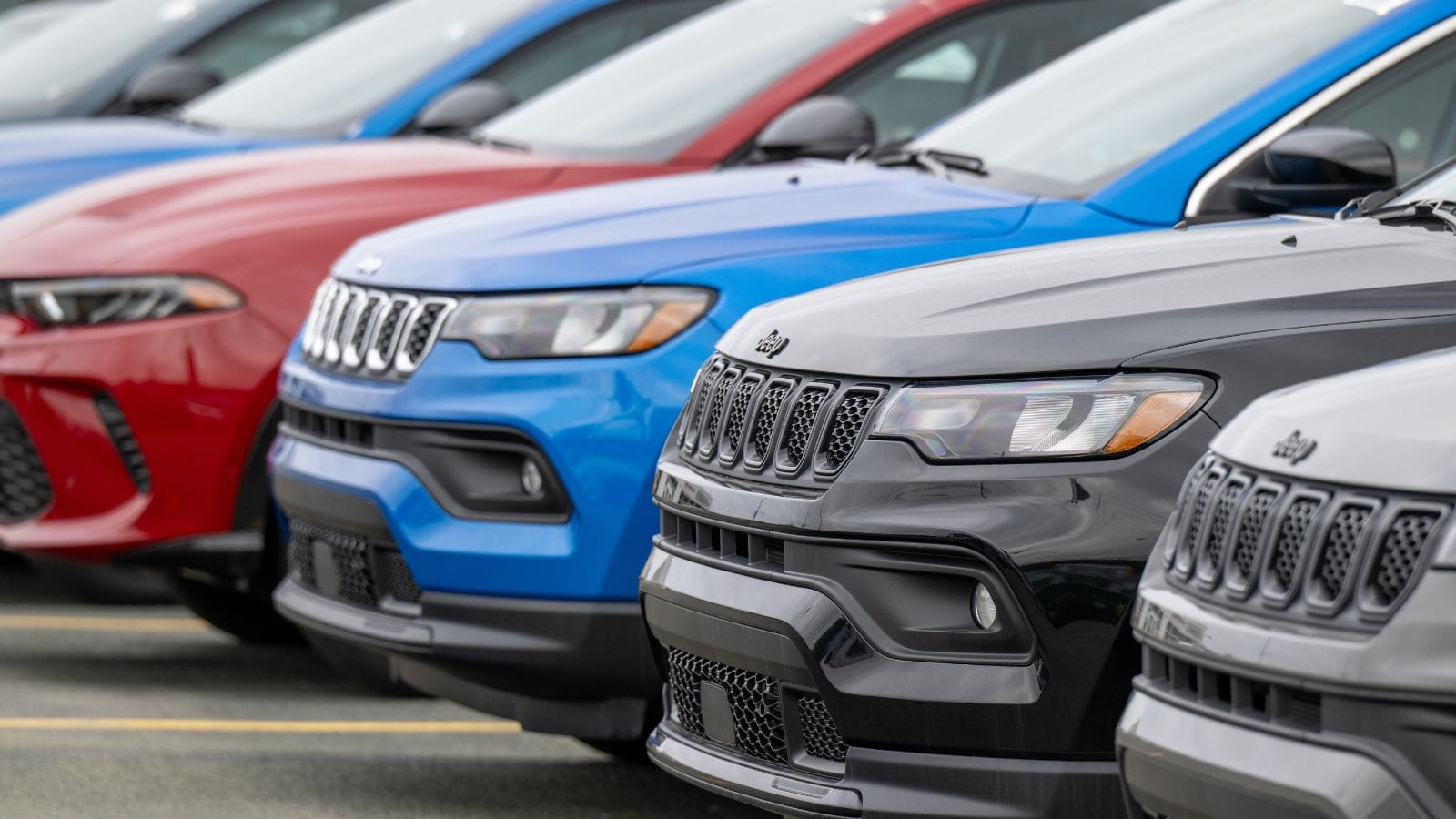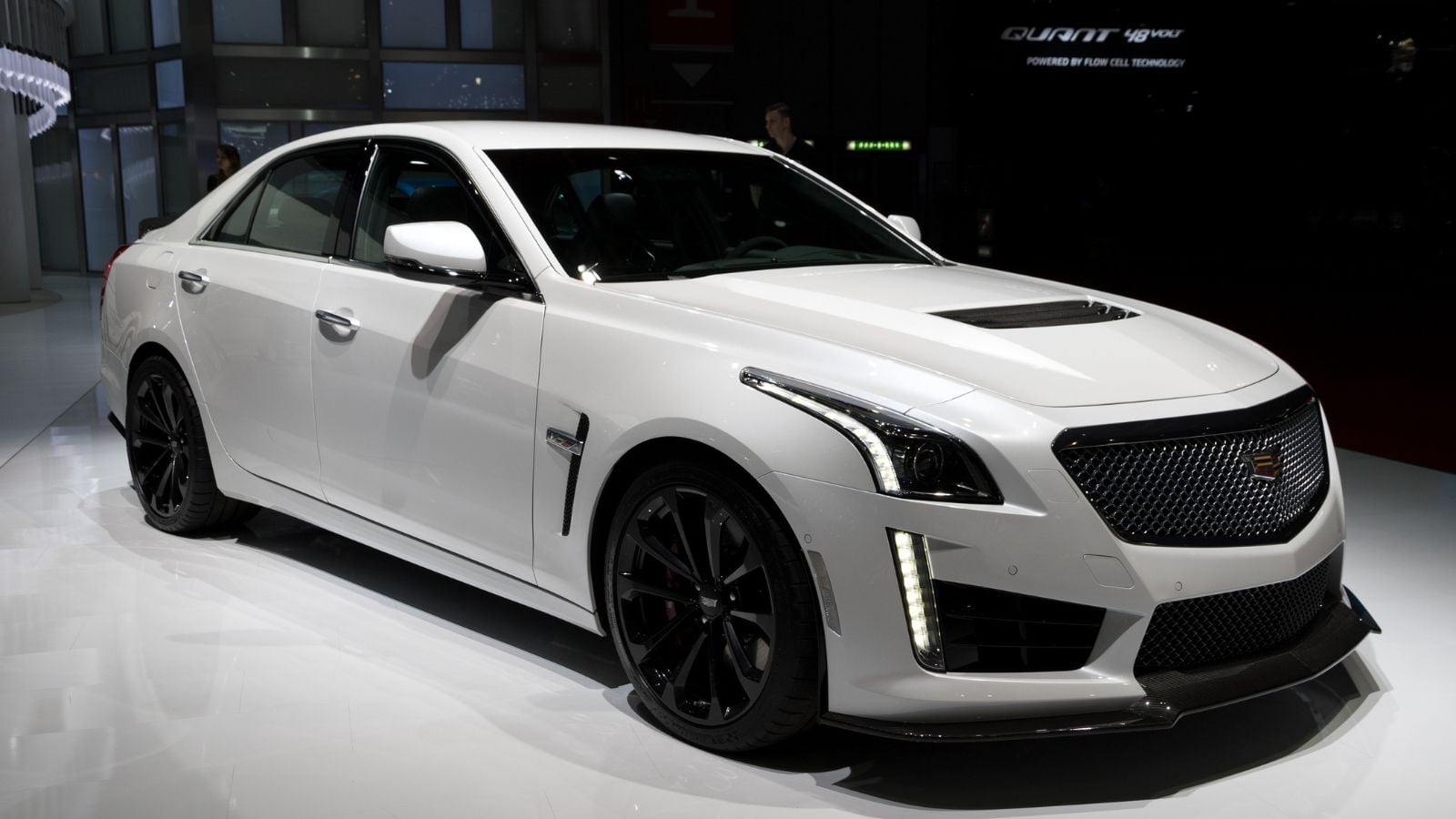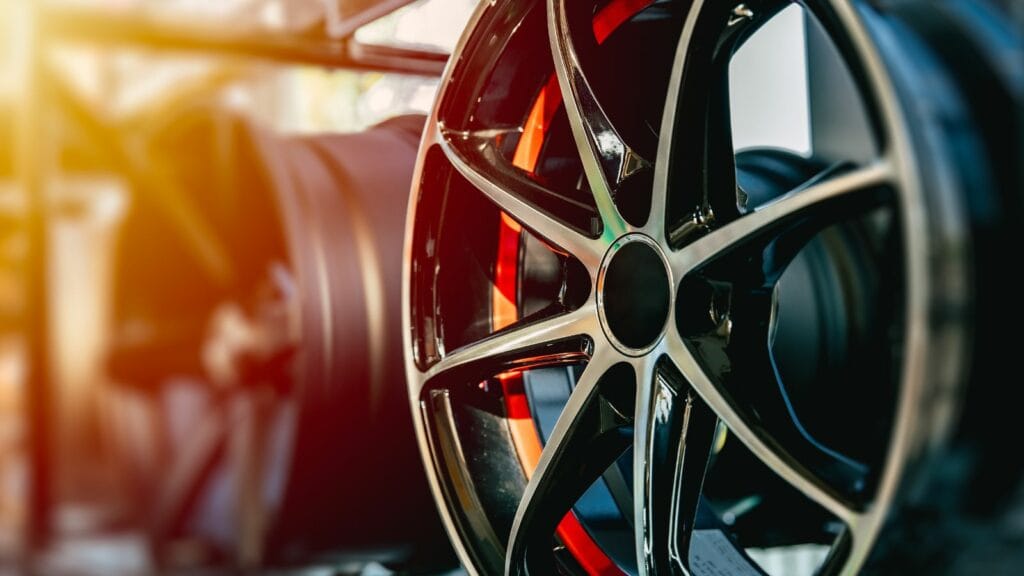Luxury cars are supposed to deliver relaxation. Smooth motion. Quiet cabins. A feeling of gliding rather than rolling. Yet many modern luxury cars ride more firmly than expected, and the biggest reason often comes down to wheel size. Large wheels paired with low profile tires have become standard in the luxury segment. They look impressive in photos and on showroom floors, but they also reduce the natural cushioning that absorbs bumps and vibrations. The result is a harsher ride on real world roads.
The Look Matters More Than Most People Realize

Automakers know that buyers react strongly to how a car looks the moment they see it. Wheels play a huge role in that first impression. Bigger wheels fill the wheel arches more aggressively and create a confident stance. Thin tires show more of the metal and make the design look sharper and more upscale. Even buyers who care about comfort often choose the larger wheel because it visually appears more premium. The purchase decision is emotional long before it becomes practical.
Showroom lighting, glossy photography, and side profile advertising reinforce the idea that large wheels equal luxury. So even when a test drive shows a slightly harsher ride, the visual appeal wins. The human brain is simply drawn to what looks expensive.
Low Profile Tires Reduce Comfort Significantly

A tire is part of a car’s suspension system. When a tire has a tall sidewall, it absorbs part of the impact before the shock absorbers and springs even begin to work. When the sidewall is thin, that cushion disappears. The tire becomes stiff and transmits more of the road directly into the vehicle.
This means every sharp edge in the road becomes more noticeable. Expansion joints, cracks, rough pavement, and potholes all send more vibration into the cabin. Even advanced suspension systems cannot fully correct this because the tire is the first line of defense. When that line is weak, comfort suffers.
Handling and Stability Influence the Design Choices

Luxury cars are no longer just about floating softly along. Many brands want their cars to feel responsive and composed. Larger wheels and thinner tires reduce sidewall flex, so the steering becomes sharper. High speed stability improves. The car feels more athletic and controlled.
This tuning philosophy is especially strong in European luxury brands, where long distance highway stability and precise steering are seen as part of the luxury driving experience. However, this handling advantage comes at the expense of softness. The driver gains road feel but loses plushness.
The Influence of Marketing and Consumer Psychology

Automakers run extensive market studies. While drivers say they value comfort, they consistently choose packages and trims with larger wheels. Even when the smaller wheel provides a better ride, it is often perceived as the cheaper option.
So manufacturers simply supply what buyers choose. The market has gradually shifted toward bigger wheels as the visual expectation of luxury, even if it contradicts the original meaning of luxury which was comfort. The result is a style driven design trend that has reshaped ride quality across the entire segment.
Road Conditions Matter More Than People Think

If all roads were freshly paved, the difference in comfort would be small. But many Canadian and American cities have rough surfaces, winter damage, and uneven pavement. On these roads the drawbacks of large wheels become obvious. Drivers who live in cities with rough pavement often report that their luxury cars ride more stiffly than some economy cars with smaller wheels and thicker tires. The environment exposes the tradeoff that showroom conditions hide.
So Why Not Just Offer Smaller Wheels Again

Some automakers do still offer comfort oriented wheels, but they are often buried in lower trim levels. Once a buyer selects the higher luxury package or sport styling, the larger wheel becomes mandatory. There is also a cultural expectation that a luxury car should look a certain way. Few buyers want to choose the visual option that looks less bold even if it rides better.
The result is a market where comfort takes a back seat to design language and perceived prestige.
Bigger Isn’t Better

Large wheels look impressive and contribute to sharper steering and confident handling. But they also reduce the cushioning effect that once defined comfortable luxury motoring. Drivers often unknowingly choose style over comfort because the visual cues of luxury overpower the practical needs of real world driving.
If you want the smoothest ride in a luxury vehicle today, the best answer is simple. Choose the smallest wheel size available, even if the salesperson tries to point you to something larger.
25 Facts About Car Loans That Most Drivers Don’t Realize

Car loans are one of the most common ways people fund car purchases. Like any other kind of loan, car loans can have certain features that can be regarded as an advantage or a disadvantage to the borrower. Understanding all essential facts about car loans and how they work to ensure that you get the best deal for your financial situation is essential. Here are 25 shocking facts about car loans that most drivers don’t realize:
25 Facts About Car Loans That Most Drivers Don’t Realize
